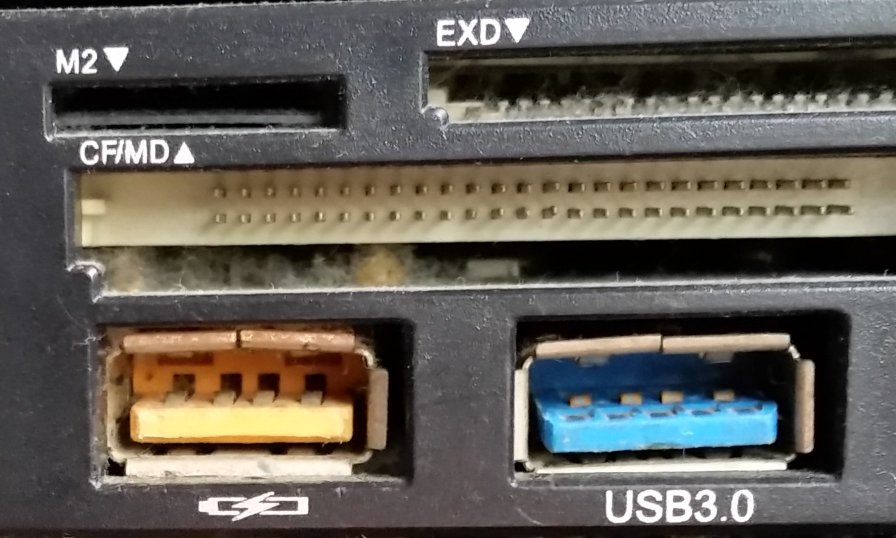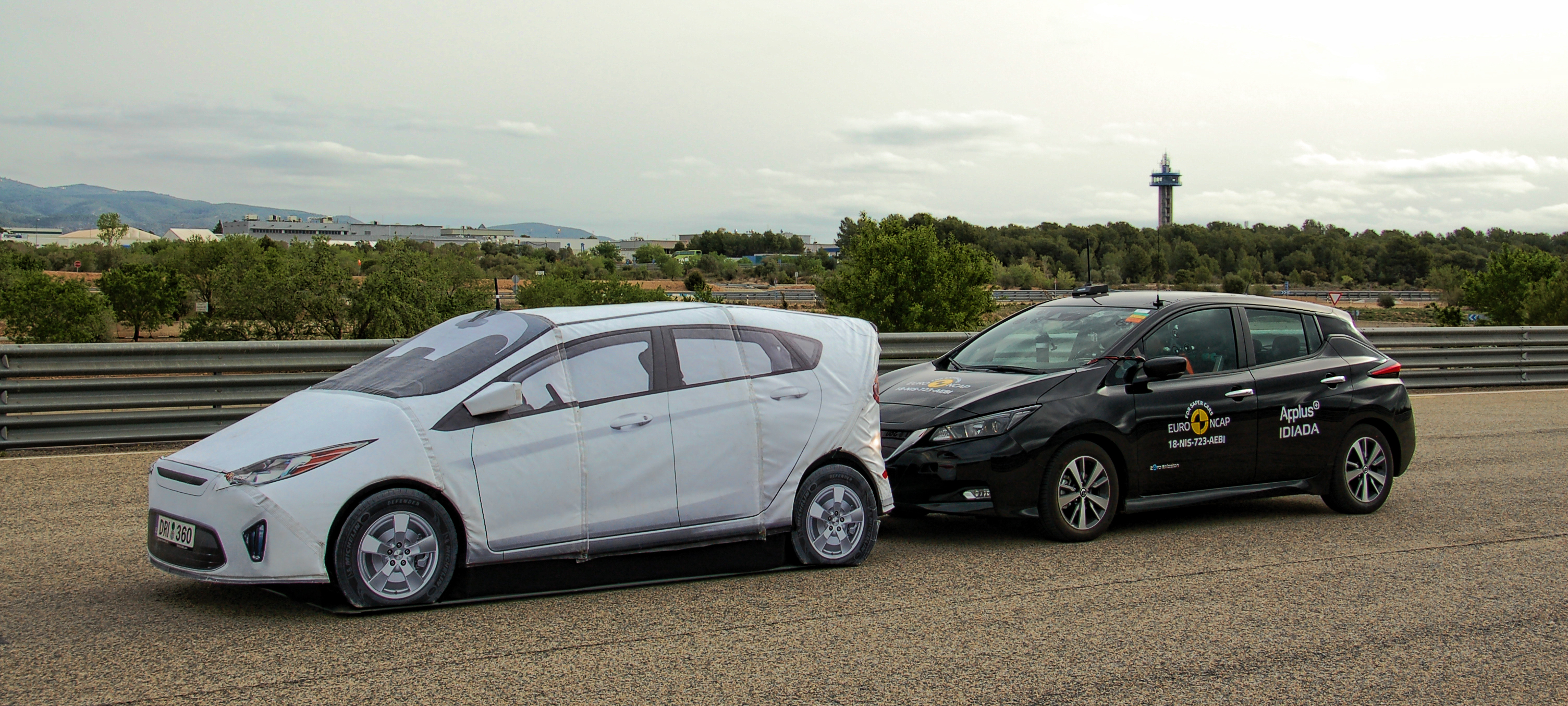20 Modern Car Features That Drive Drivers Crazy

In the fast-paced world of automotive innovation, not all features are created equal. As an automotive journalist who has driven a dizzying array of 50 to 100 new cars each year, I’ve had my fair share of encounters with both revolutionary technologies and downright frustrating gimmicks. The automotive landscape is littered with features designed to enhance our driving experience, yet some have fallen short, leaving many drivers shaking their heads in disbelief. Let’s dive into the top 20 modern car features that people absolutely hate, starting with the infamous Engine Auto Stop/Start.

1. **Engine Auto Stop/Start**: This feature is intended to boost fuel efficiency by shutting off the engine when the vehicle comes to a complete stop. While this sounds good in theory, in practice, it can be incredibly annoying. Picture yourself at a red light or in stop-and-go traffic, and every time you pause, the engine shuts off. This can lead to frustrating situations, especially if you need to accelerate quickly. Not only is it irritating, but it can also present a safety hazard, locking up the steering wheel and shutting down the HVAC system. Some manufacturers, like BMW, allow drivers to disable this feature permanently, while others like General Motors make it impossible to turn off. The overall consensus? It’s more of a nuisance than a benefit.
2. **Continuously Variable Transmission (CVT)**: The CVT is a type of automatic transmission that lacks traditional gears. Instead of a smooth transition through gears, it provides a constant hum as the car accelerates, which many drivers find unengaging. While automakers tout the efficiency of CVTs, car enthusiasts often criticize them for robbing the driving experience of excitement. The whining noise produced by the engine during acceleration can feel like the car is struggling, making drivers yearn for the tactile feedback of a traditional gearbox.

3. **Lane Keep Assist (LKA)**: Lane Keep Assist is a modern feature designed to prevent unintentional lane changes by using cameras to monitor the vehicle’s position. While it’s a great idea for enhancing safety, the implementation often leaves much to be desired. Some systems provide gentle nudges to keep the vehicle centered, while others are overly aggressive, yanking the wheel away from drivers. This can be particularly dangerous in construction zones where lane markings may be unclear, leading to potentially hazardous driving situations. Plus, the concern arises that some drivers may over-rely on these systems, diminishing their attentiveness behind the wheel.

4. **Controls Embedded in the Display Screen**: As cars become more technologically advanced, many manufacturers are opting for touch controls instead of traditional buttons and dials. While this can create a sleek, modern look, it often leads to frustration as drivers struggle to navigate screens while keeping their eyes on the road. For instance, Honda’s volume slider on its infotainment screen has received criticism for being unresponsive and difficult to use. Having to tap, slide, and scroll through menus is not only distracting but can also present a safety hazard, as drivers take their focus off the road.

5. **Only One USB Port**: In a world where multiple devices are the norm, it’s puzzling to find new cars equipped with only one USB port. This can lead to heated arguments between passengers over who gets to charge their device or connect to the sound system. With devices piling up on road trips, having just one USB port feels outdated and impractical. As we embrace technology, it’s time for automakers to step up and provide enough ports for everyone in the car, preferably with fast charging capabilities.

6. **Overly Sensitive Collision Warnings**: Advanced driver-assistance systems (ADAS) are great for enhancing safety, but overly sensitive collision warnings can be a source of irritation for drivers. Some systems react to minor obstacles or lane changes, leading to constant alerts and warnings that can quickly become distracting. Instead of feeling safer, drivers may find themselves on edge, constantly worried about unnecessary alerts.

7. **Keyless Ignition Systems**: Keyless ignition systems are marketed as a convenience but can lead to dangerous situations if drivers forget to turn off their vehicles. There have been numerous cases of drivers accidentally leaving their cars running, leading to carbon monoxide poisoning. While the convenience factor is undeniable, the safety implications cannot be overlooked, especially when it comes to family vehicles.

8. **Touch Screen Navigation Systems**: While touch screens may seem like a natural progression in vehicle technology, they often come with their own set of problems. Many drivers find that touch screens are less intuitive than traditional knobs and buttons for adjusting navigation settings. The need to look away from the road and tap at a screen to enter an address can lead to distractions and safety concerns.

9. **Auto-Parking Features**: Auto-parking systems aim to make parallel parking a breeze, but they often fall short of expectations. Many drivers report feeling uncomfortable relying on the car to park itself, especially in tight spaces. The systems can be slow and cumbersome, often requiring multiple attempts to get the car perfectly aligned. It can be just as quick for a driver to park the car themselves, leading to frustration with this supposedly helpful feature.

10. **Excessive Beeping and Chimes**: Modern vehicles are equipped with a plethora of warning systems, but some drivers find the constant beeping and chimes to be overwhelming. Whether it’s reminding you to fasten your seatbelt or alerting you about an open door, these sounds can become incredibly annoying. Instead of enhancing safety, they may lead drivers to ignore important alerts altogether.

11. **Adaptive Headlights**: While the concept of adaptive headlights that turn with the steering wheel is appealing, many drivers find them to be more trouble than they’re worth. In some vehicles, the system is overly sensitive and can distract other drivers, leading to complaints. Furthermore, the added complexity can lead to expensive repairs if the system malfunctions.

12. **Infotainment Systems with Lag**: There’s nothing worse than tapping your infotainment screen expecting an immediate response, only to experience frustrating delays. Many modern vehicles feature high-tech infotainment systems that are designed to dazzle, but laggy interfaces can quickly turn excitement into annoyance. Drivers often find themselves waiting for the system to respond to their commands, leading to distraction and impatience. These systems can be filled with impressive capabilities, but if they don’t work efficiently, they can detract significantly from the overall driving experience.

13. **Automatic Emergency Braking (AEB)**: While the intention behind Automatic Emergency Braking is to enhance safety by preventing collisions, the implementation can sometimes lead to panic situations. Some drivers report that these systems activate too aggressively, slamming on the brakes without sufficient cause. Whether due to a slight change in traffic or an unexpected movement, an AEB system can create a jarring experience that leaves everyone in the vehicle feeling unsettled. Instead of feeling secure, drivers may find themselves constantly on edge, unsure when the system will react.

14. **Faux Engine Sounds**: To make electric and hybrid vehicles more appealing, many manufacturers have begun artificially generating engine sounds. This feature aims to provide a more engaging driving experience by emulating the throaty roar of a traditional combustion engine. However, many drivers find the synthesized noises to be unnatural and disorienting. What was once exhilarating now feels disingenuous, leading many to question the authenticity of the driving experience. Instead of embracing new technologies, some drivers long for the genuine sound of a roaring engine.

15. **Annoying Start-Up Chimes**: To alert drivers when a vehicle is ready to start, many modern cars come equipped with start-up chimes or melodies. While a pleasant sound can be charming, many drivers dislike the repetitive, often intrusive nature of these sounds. A start-up chime can easily become a source of irritation, particularly for those who prefer a quiet cabin experience. The insistence on an audible reminder often feels unnecessary, and many would prefer the simplicity of silence as their vehicle springs to life.

16. **Distracting Heads-Up Displays (HUDs)**: The advent of heads-up displays has introduced a new way to present essential driving information. However, when poorly designed, these displays can be overwhelming and distracting. Some drivers find themselves struggling to process the barrage of information presented in their field of vision. Instead of aiding navigation and safety, a cluttered HUD can distract from the road, leading to a less enjoyable driving experience. A well-designed HUD should enhance focus, not detract from it.

17. **Overly Complex Menu Systems**: In the quest for advanced features, many cars now come with intricate menu systems for controls, settings, and infotainment. While the intention is to provide users with customization options, overly complex menus can lead to frustration. Drivers often spend more time navigating through layers of settings than actually focusing on driving. A simple, intuitive interface is essential to ensure that technology aids rather than complicates the driving experience.

18. **Adaptive Cruise Control (ACC) that Doesn’t Adapt**: Adaptive Cruise Control promises a seamless driving experience by adjusting speed based on traffic conditions. However, many drivers report that some systems fail to recognize changes accurately, leading to sudden speed adjustments that can feel jarring. Drivers often find themselves manually overriding the system for a smoother ride. While the technology holds potential, inconsistent performance can leave users feeling uneasy and frustrated.

19. **Excessive Personalization Options**: While customization is a significant selling point for modern vehicles, too many personalization options can become overwhelming. Drivers may find themselves lost in a sea of choices, from ambient lighting to seat settings. While some enjoy tinkering with features like these, others feel that the overabundance of options detracts from the simplicity and enjoyment of driving. A more streamlined approach could enhance user experience without complicating the vehicle’s operation.

20. **Proximity Keys that Fail**: Proximity keys are designed to provide convenience, allowing drivers to unlock and start their vehicles without fumbling for a traditional key. However, many drivers have experienced frustrations when these systems fail to recognize the key. This can lead to awkward situations, such as standing outside the car in the rain, repeatedly pressing the unlock button while hoping for a response. While the technology promises ease, inconsistent performance can turn a simple task into an exasperating ordeal.

Reflecting on these modern features, it’s clear that consumer preferences vary greatly. The balance between innovation and user experience is delicate, and automakers must prioritize driver feedback to refine their offerings. As technology continues to evolve, so too should the approach to creating features that genuinely enhance the driving experience. Ultimately, a successful vehicle is one that marries cutting-edge technology with a commitment to driver satisfaction, ensuring that every journey is enjoyable and stress-free.
Related posts:
List of automobiles known for negative reception
What things do you hate about modern cars?
11 Things We Hate About New Cars
Discover more from Auto Travel World
Subscribe to get the latest posts sent to your email.












